My Cultural Diet for March 2023: The Sandman, RRR, Indiana Jones, Gideon Falls
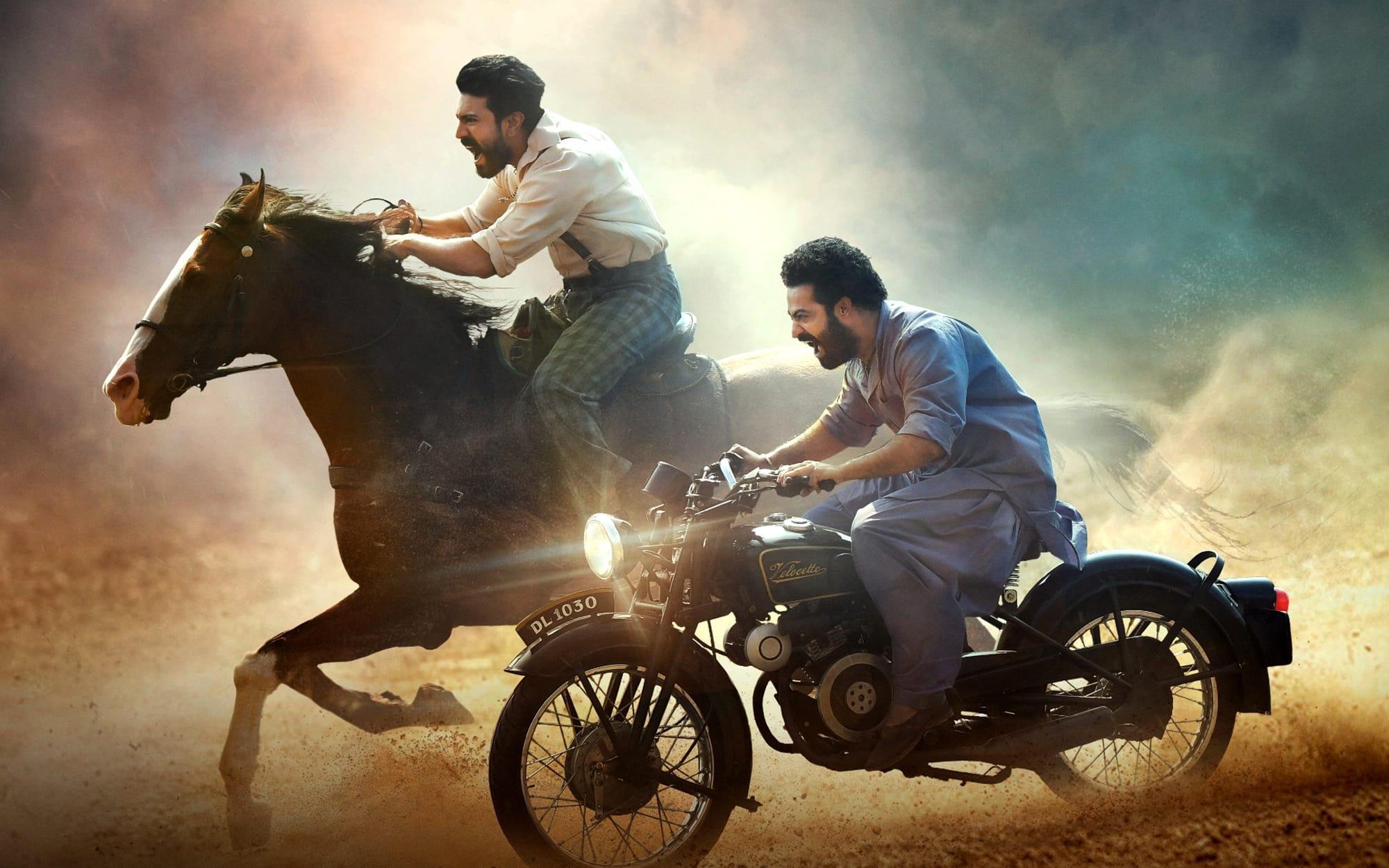
In order to better track my various cultural experiences (e.g., movies, TV shows, books, restaurants), I’ve created the Cultural Diet. Think of it as my own personal Goodreads, Letterboxd, and Yelp, all rolled into one (more info here). Every month, I recap everything that I watched, read, etc., in the previous month.
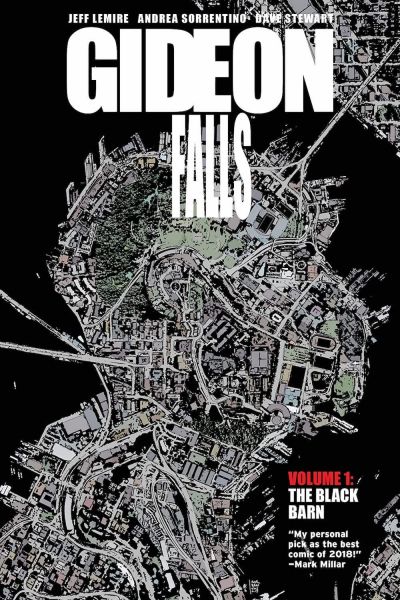
There’s a lot to like about Gideon Falls, right up until the final page. Jeff Lemire’s storyline blends horror, philosophy, sci-fi, small town mystery, and family drama as the characters try to solve the mystery of the Black Barn, a bizarre structure that holds the secrets of the universe — and possibly all of its terrors, too. Andrea Sorrentino’s artwork is phenomenal, with a sense of scope and style that perfectly matches Lemire’s storyline even at its most bizarre and trippy. There were several spreads that almost took my breath away, and several visuals that were delightful in their meta-ness. It’s a shame, then, that Gideon Falls’ ends on a cliché that probably seemed clever, but it really just feels like a narrative copout compared to the sense of ambition on display in the preceding pages.
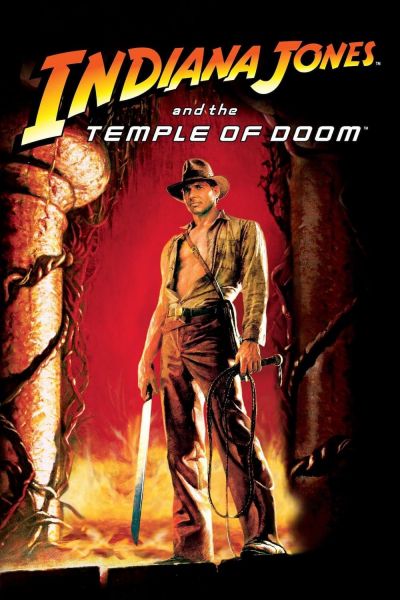
The mine cart chase sequence is an action movie classic and Ke Huy Quan is a delight as the plucky, resourceful Short Round. Unfortunately, watching Temple of Doom so soon after the near-perfect Raiders of the Lost Ark mainly reveals its weaknesses. Namely, Temple feels slapped together, with Indy and his companions finding themselves in remote India (after an assassination attempt goes awry) and tasked with retrieving a sacred stone from an evil cult. Raiders certainly had its fair share of ickiness but Temple feels unnecessarily grim and its Orientalism (e.g., the monkey brains scene) is rather off-putting nowadays. That, and Willie Scott is no Marion Ravenwood. Kate Capshaw and Harrison Ford have very little chemistry, which makes their interactions consistently annoying.
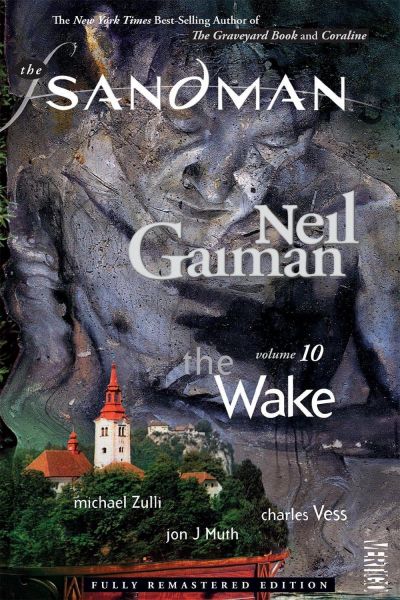
Neil Gaiman brings the story of Morpheus, King of Dreams, to an end following the events of Volume 9. Functionally, it’s all about Gaiman tying up loose ends and various narrative threads that popped up throughout the series, from Morpheus’ immortal friend to his unique bond with a certain Elizabethan playwright to the fates of certain characters who have been in his bad graces. My favorite storyline, however, focuses an exiled Chinese sage and his brush with the world of dreams. Having finished all of the Sandman volumes, it’s easy to see why they’re held in such high regard; they’re a truly unique achievement, comic book or otherwise. That said, I admit to feeling somewhat underwhelmed. There were definitely parts that I found beautiful, thought-provoking, and moving. There were other parts, however, that dragged or were otherwise indulgent.
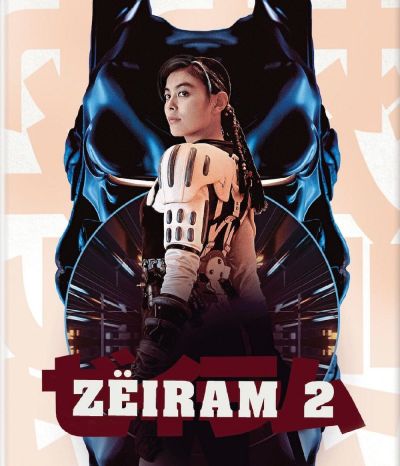
I liked this one better than the original Zeiram. It still has all of the original’s flaws — namely, annoying hijinks from the heroine’s bumbling companions. And even worse, she has a third bumbling companion this time around. But there were several moments that had me cackling with glee (such as when our heroine, an alien bounty hunter named Iria, roundhouse kicks a laser blast into a building behind her, which promptly explodes). As with the original movie, I’d love to see a more serious take on Zeiram minus the goofy humor that, instead, focuses on the body horror, monster designs, and cool alien gadgets.
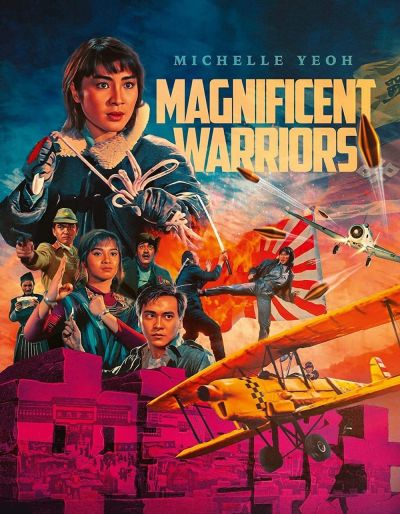
I started watching this thinking it was 1986’s Royal Warriors, a “modern” police action film that also stars Michelle Yeoh and was also directed by David Chung. But here, Yeoh plays a pilot and smuggler in 1930s-era China who gets caught up in the anti-Japanese resistance. Action-wise, this has some pretty impressive sequences that really allow Yeoh to show off, especially with the rope dart. However, the film’s hampered by an uneven tone. One minute, it seems to want to be a serious, patriotic, even epic war film. The next, it’s an Indiana Jones-esque adventure film or a broad slapstick comedy involving mistaken identities and corny Richard Ng hijinks. As a result, it ends up being something of a mess.
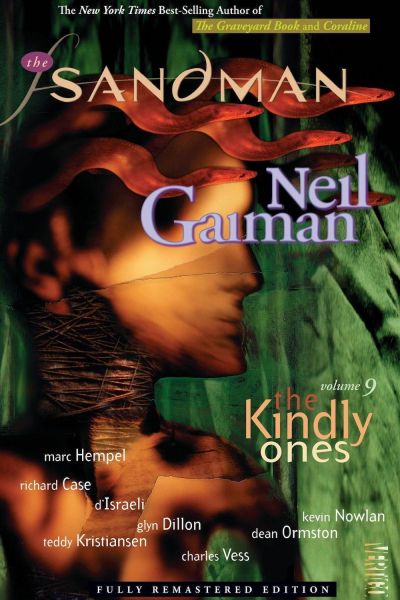
The most ambitious Sandman volume to date, with Neil Gaiman wrapping up several storylines from previous volumes as Morpheus is forced to finally confront his past sins and mistakes, and the impact that they’re having on his realm. It is a bit odd to read a comic series that is clearly self-contained, especially given that we live in an age of nigh-endless sequels, reboots, retcons. As a result, there’s a truly tragic and melancholy bent to Gaiman’s storyline, as Morpheus moves towards the inevitable end. But there are plenty of little details and side stories woven in, as well.
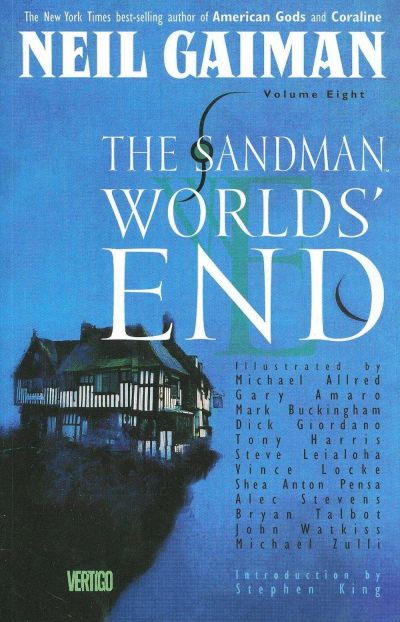
I was a bit cool on this volume at first, with its disjointed stories told by a group of travelers — some of whom are human, some of whom are not — trapped in a mysterious inn during a “reality storm.” But it really grew on me as it continued. In some ways, this volume really feels like Neil Gaiman flexing his storytelling muscles, be it a bizarre seafaring tale or a story from a death-obsessed city of morticians. Given that Morpheus, Lord of Dreams, only shows up in glorified cameos, Worlds’ End can feel particularly distant from the central Sandman mythos, but that doesn’t make it any less enjoyable.
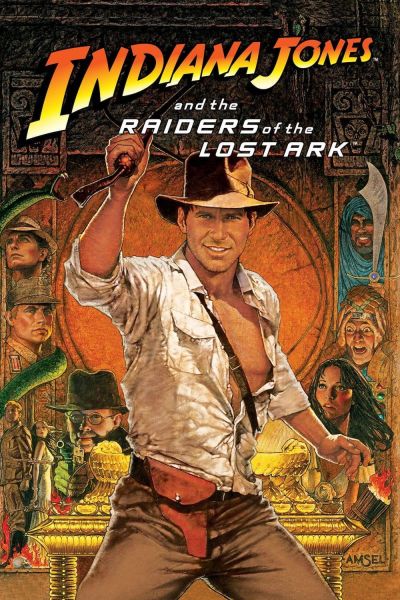
There’s not a lot to be said about Raiders of the Lost Ark that hasn’t been said before, and by people a lot smarter than me. The film is a timeless action-adventure classic, and for very good reason. One thing I did pay more attention to during this viewing was the film’s directing and cinematography, be it the use of extreme focus or shadows to heighten tension and make certain scenes even more intense and epic. Also, the editing and pacing is immaculate; the film’s almost two hours long and it doesn’t contain a single wasted moment.
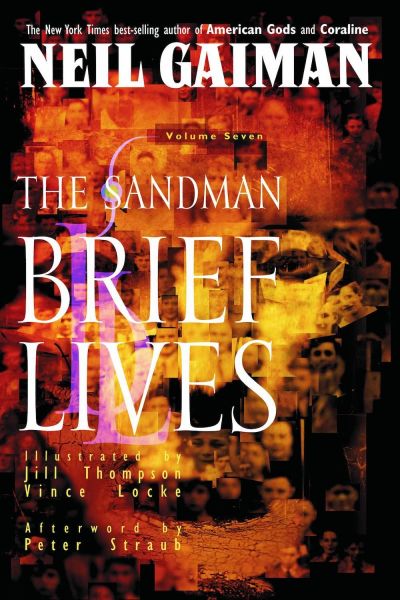
My least favorite Sandman volume so far. It possesses some cool ideas and concepts (e.g., the family taking care of the head of Morpheus’ son, the nigh-immortal beings living amongst us) and Gaiman’s references are quite clever in places (e.g., the Isaac Newton one). However, the actual storyline — Dream and his sister Delirium set off in search of their brother Destruction, who abdicated his duties and left their family 300 years ago — never really grabbed me. It felt too disjointed, with none of the urgency found in previous volumes’ storylines.
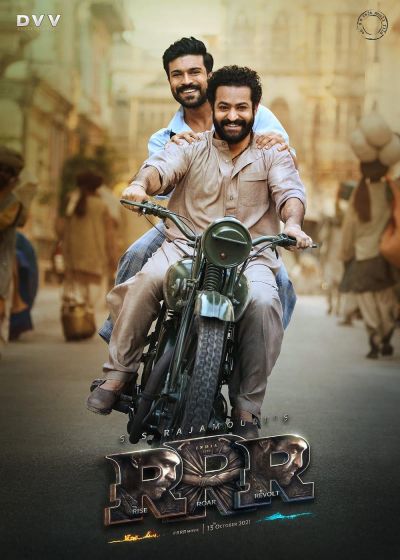
I was inspired to re-watch RRR after “Naatu Naatu” won the Oscar for “Best Original Song” (and deservedly so). This time, however, I watched it with my wife and some of our kids — and we all loved it. Indeed, I think I liked RRR a little bit more the second time around because I watched it with others. Some movies are simply meant to be enjoyed with a crowd, and RRR is a perfect example of that. Much of my enjoyment came from seeing my family’s joyous (or incredulous) reactions to Raju and Bheem’s latest exploit — e.g., saving a kid from a fiery train wreck, wooing a pretty girl, taking on a British army whilst the disabled Raju is sitting on Bheem’s shoulders — and thinking to myself, “Just wait, you ain’t seen nothin’ yet.” RRR is pure, unadulterated entertainment spectacle: the action scenes are totally ridiculous in the best way possible, the melodrama is piled on miles thick, the bromance is the greatest in cinematic history, and of course, “Naatu Naatu” is an absolute banger.
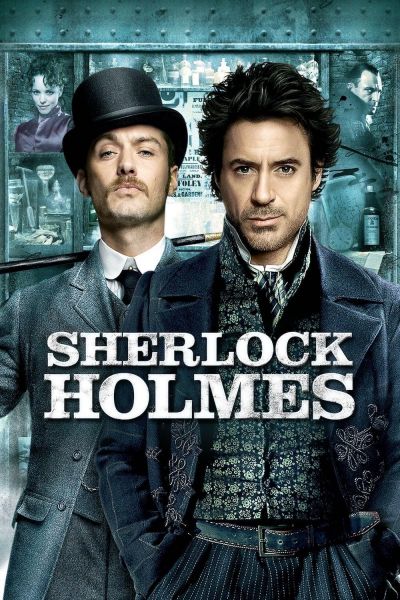
I seem to recall there being a bit of a kerfuffle over this movie, specifically concerning Robert Downey Jr.‘s casting as the world’s most famous detective and director Guy Ritchie’s visual flare. That honestly seems a little quaint these days. This is an unorthodox Sherlock Holmes movie, no doubt about that, but that makes it no less entertaining. Downey and Jude Law have great chemistry as Holmes and Dr. Watson, and of course, I’m a sucker for a storyline involving secret societies and the blending of magic and technology. One minor detail: I’ve become so used to watching movies with subtitles that I actually found myself struggling to make out the movie’s dialog at times. Or maybe that’s just another sign that I’m getting older.
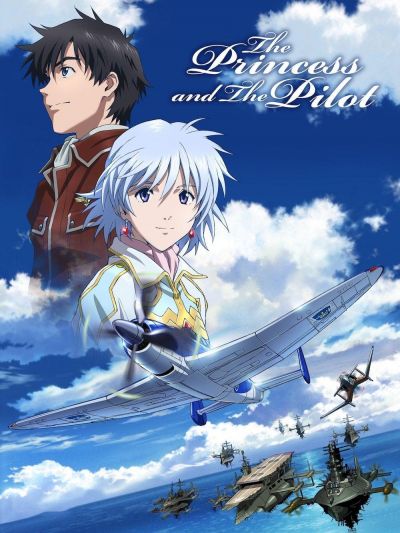
I’m a sucker for aviation-themed anime (e.g., Last Exile, Macross Plus). Jun Shishido’s The Princess and the Pilot is a good enough example, but what’s frustrating is that it could’ve been a great one. The movie’s world-building is interesting and detailed (the setting is WW2-esque albeit with some more advanced technology) while the artwork and animation are solid, and even beautiful at times (as one would expect from a Madhouse title). Unfortunately, the movie’s storyline is too slight to leave much of an impact. There are interesting angles and aspects, but the movie barely explores any of them. As a result, it achieves neither the poignancy nor the bittersweet ending that it’s so clearly aiming for.
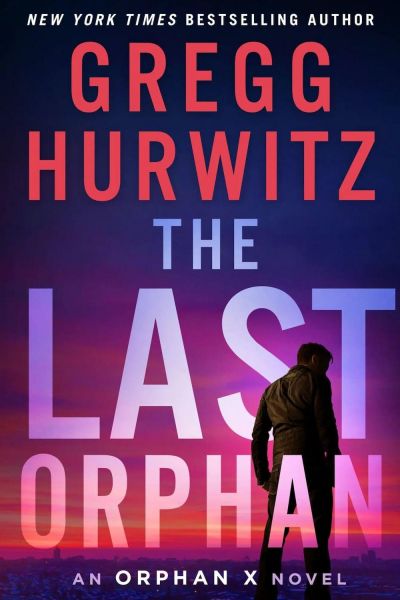
The title suggests that this is the final Orphan X novel, and if that’s the case, then the series ends on an underwhelming note. Mind you, I never read these novels expecting high art, but rather, something really entertaining — think Jason Bourne meets Burn Notice — that I can devour in a single day. (Which I did here.) To his credit, Hurwitz puts his hero, a former government assassin named Evan Smoak, through the mental and emotional ringer to honestly explore the trauma and morality of his profession. But the result is page after page of clunky, portentous dialog. Put it this way: the descriptions of Smoak’s military equipment and super-secret ninjutsu techniques are more believable and enjoyable than any “serious” dialog. Combine that with a lackluster villain who’s a thinly veiled Elon Musk (I think) and several plot threads left unresolved in order to include new ones, and I think this might be the series’ weakest book.
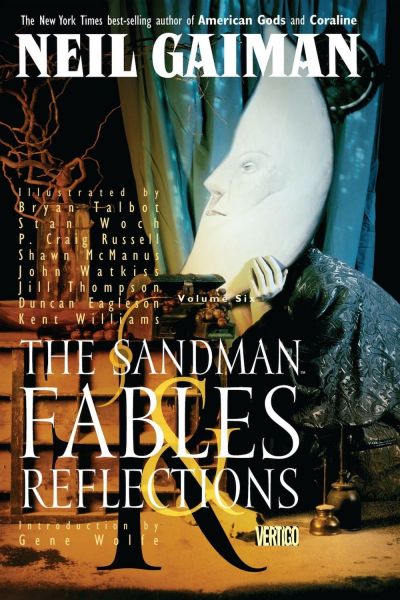
This series of short stories is largely disconnected from the larger Sandman mythos; Morpheus appears in each of them, though often as a glorified cameo. But I think that lets Gaiman be a little freer and looser, and explore other angles of the character. My favorite stories are probably “Three Septembers and a January,” which follows a fictionalized account of Joshua Abraham Norton (the first and only emperor of the United States) and “August,” in which Augustus Caesar disguises himself as a beggar and talks about his dreams for the Roman Empire. However, my absolute favorite is “Ramadan,” the very first Sandman story I bought. Neil Gaiman’s storytelling is beautiful, P. Craig Russell’s artwork is gorgeous, and the story ends on a final twist that makes it all the more poignant.
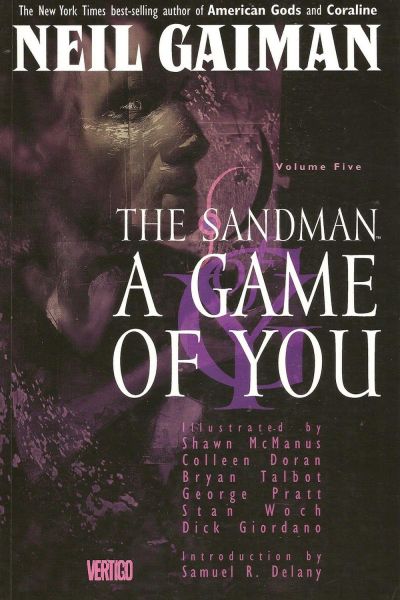
As I was reading A Game of You, I realized that this was the very first Sandman story that I ever read. I was probably a junior in high school, and my friend Leah — who was into all sorts of cool art and music — introduced me to The Sandman. One of the big angles of this book is that it prominently features both a transgender character (Wanda) and a lesbian couple in a very positive light, which I’m sure was plenty controversial/revolutionary back in the early ’90s. At the same time, I’m curious how the magical limitations placed on Wanda because she’s still biologically male would be perceived today. It’s an interesting bit of world-building to be sure, though it doesn’t affect Wanda’s heroism or how the characters actually view her in the storyline. Gaiman considers this his favorite storyline.